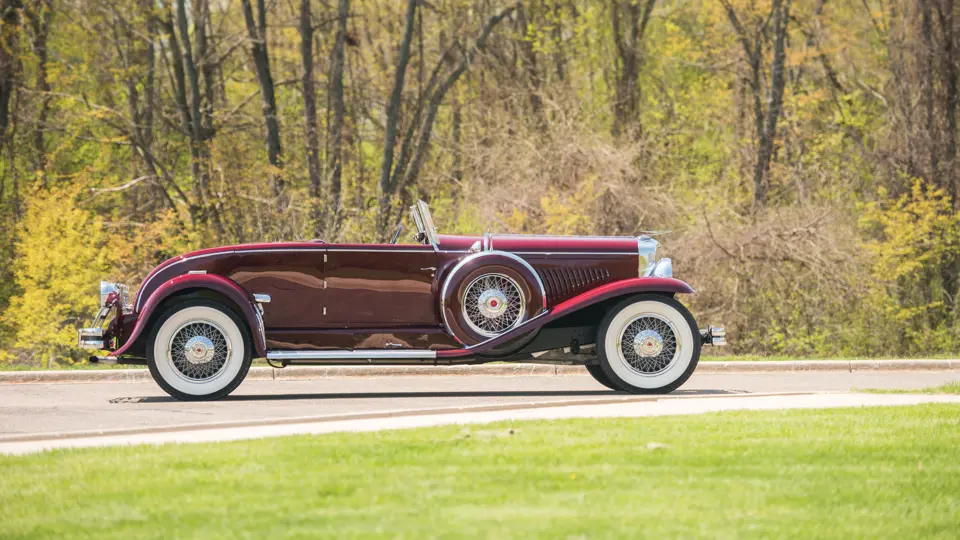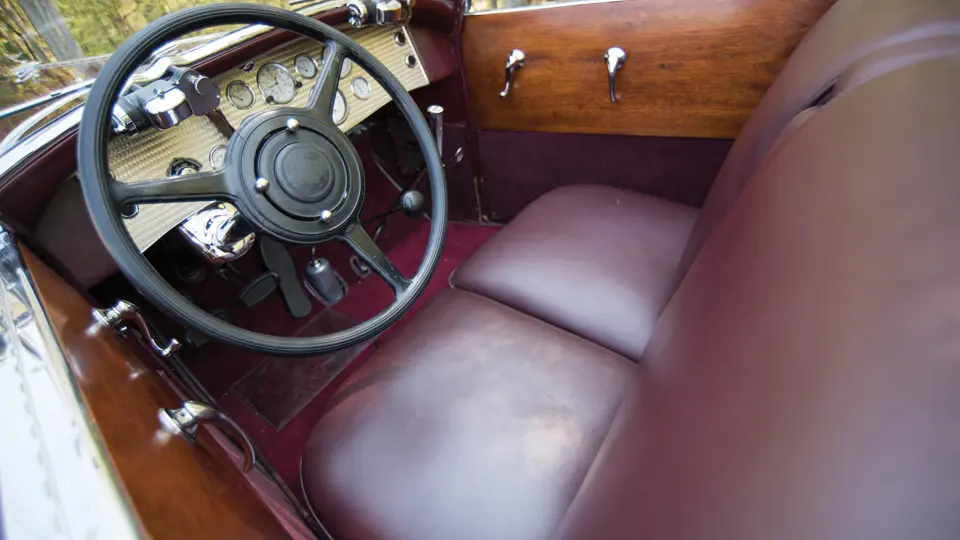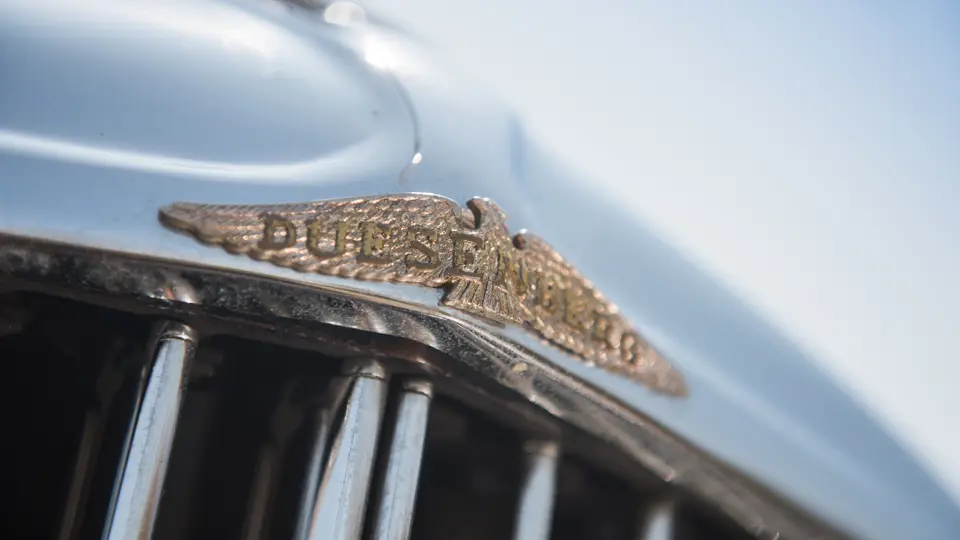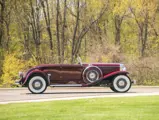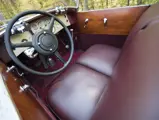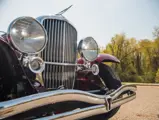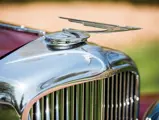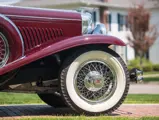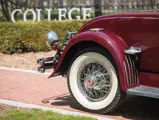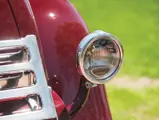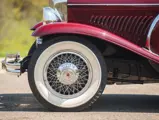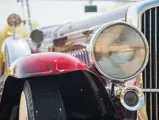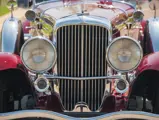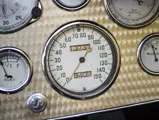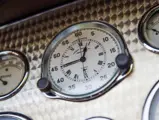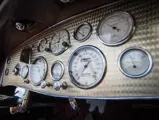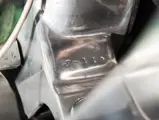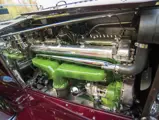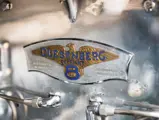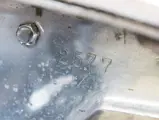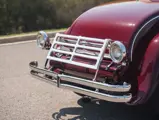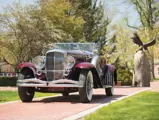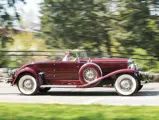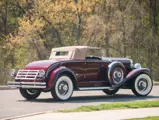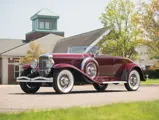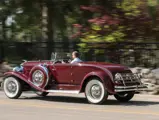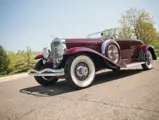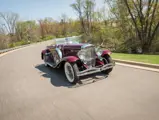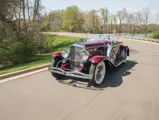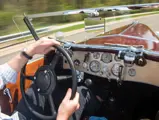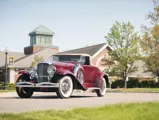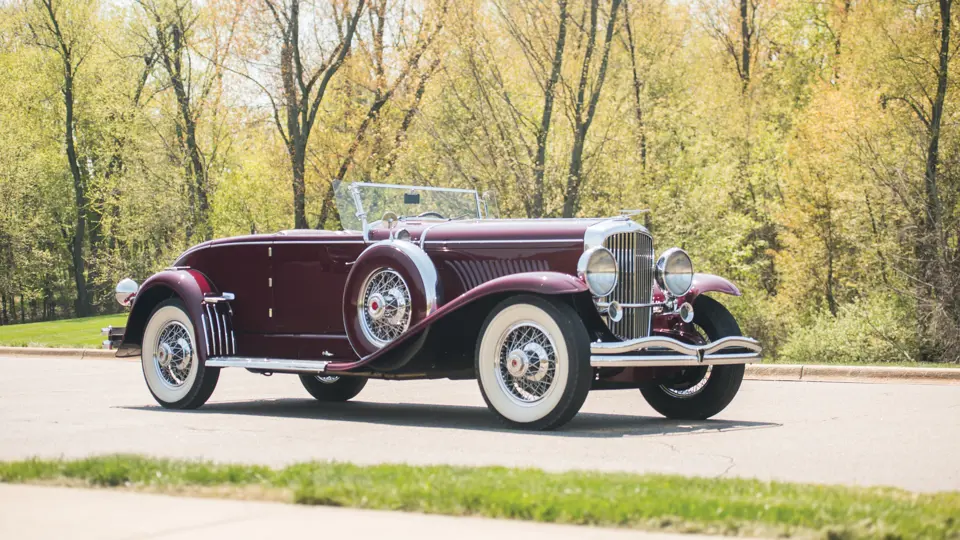
1929 Duesenberg Model J 'Disappearing Top' Convertible Coupe by Murphy
{{lr.item.text}}
$1,540,000 USD | Sold
{{bidding.lot.reserveStatusFormatted}}
- Offered to benefit the programs of Hillsdale College
- One of the most iconic Duesenberg body designs
- Formerly of the Melvin Clemans and Gifford Oborne Collections
- One of 25 original “disappearing top” Murphy Convertible Coupes built
- Driven round-trip from Florida to Auburn, Indiana, in 2010
- Recent mechanical service and freshening by Classic & Exotic Service
265 bhp, 420 cu. in. DOHC inline eight-cylinder engine, three-speed Warner Hi-Flex manual transmission, beam-type front and live rear axles with semi-elliptical leaf springs, and vacuum-assisted four-wheel hydraulic drum brakes. Wheelbase: 142.5 in.
The Walter M. Murphy Company of Pasadena, California, produced about 60 Convertible Coupe bodies for the Model J Duesenberg chassis. Early versions of this design had a top that folded down into a low pile that was exposed behind the driver’s seat in the fashion of most convertibles of the time. Roughly 25 of these were produced, followed by a handful of cars, mostly one-off designs, in which the top folded down into a well behind the seat and was covered by a low leather tonneau secured by button snaps. This eventually evolved into a true “disappearing top” model, in which a flush-fitting metal lid replaced the tonneau, creating a smooth, flat line that ran from the edges of the hood to the doors and down over the rear deck. This top, coupled with Murphy’s signature thin “Clear-Vision” window pillars and disappearing side windows, gave the convertible coupe the sporting appearance of a genuine roadster.
Unlike the earlier standard convertible coupes, which were often produced for Duesenberg factory stock, the disappearing top models were all fully custom, as recognized by their 900-series body numbers, and they were individually built for their original owners. This special status, along with their spectacular lines, has made the Murphy ‘Disappearing Top’ Convertible Coupe arguably the most iconic body on the Model J chassis.
A DRIVER’S DUESENBERG
The story of this particular Convertible Coupe is one of enthusiasts and drivers, a story that begins in Chicago in 1934 with one of the earliest Model Js built, engine number J-119 and chassis number 2144. The car had been sent back to the Duesenberg Factory Branch in that city by its original owner, O.W. Hunke, to have its Derham Sedan body dressed up with updated styling and mounted on a new supercharged chassis. This left Duesenberg with a gently used chassis and engine needing new coachwork. To make the car sell more quickly, the Los Angeles Factory Branch was called upon to supply a Murphy ‘Disappearing Top’ Convertible Coupe body, number 922. This body, in stock at the time, had several unusual specially ordered features, most prominently a full trunk rather than a rumble seat, with the interior of the luggage compartment finished in polished woodwork! While the car has since been reconfigured with a rumble seat, this unusual original specification provides an interesting possibility for a new owner.
With its sporty Murphy body installed, the car was sold to P.P. Willis, the Chicago advertising man whose firm held the contract for Auburn Automobile Company and its marques, Duesenberg included. The Willis Family, a large Chicago clan, was prominent in several other industries as well, and its members were known for acquiring fine automobiles in the Classic Era. The Model J was right at home.
The car enjoyed several other Chicago-area owners, including being dealt by the well-known used Duesenberg dealer John Troka. In the late 1940s, it was purchased from James E. Hanger III of Leonardtown, Maryland, by the well-known West Virginia Duesenberg enthusiast Melvin Clemans. Mr. Clemans owned multiple Model Js over the years, which he drove for decades, believing that their engineering had been unequaled since. In need of restoration by the time of Mr. Clemans’ acquisition, the Murphy Convertible Coupe was rebuilt with frame number 2551 and firewall number 2577.
In 1963, the Duesenberg passed into the ownership of Elmer DiPiero of Ohio, then through the hands of Allen Bittner and Dr. Patrick J. Frank in Pennsylvania. It then spent several years in New Jersey, including time in the renowned collection of Gifford Oborne, known for his ownership and preservation of some of the finest American Classics. Even today, Mr. Oborne’s name is a byword for excellent, quality automobiles, with cars from his collection now treasured by some of the United States’ foremost connoisseurs.
The Model J was eventually purchased from Mr. Oborne by Eric Bardeen of Deland, Florida, perhaps the most significant caretaker in its long history. Mr. Bardeen had owned Duesenbergs since the early 1950s and had been a member of the Auburn Cord Duesenberg (ACD) Club since its earliest days. He drove his first Model J, a Judkins-bodied Coupe, over 20,000 miles, and while he sold that car later in the 1950s, he never lost his passion for the marque. Eventually he purchased this Convertible Coupe and enjoyed being behind its wheel for a quarter of a century.
In Mr. Bardeen’s ownership, in fact, this Model J became one of the most-driven Duesenbergs of modern times. He used it regularly during the car show season in Florida, frequently participating in the ACD Club’s annual Citrus Meet, where he was known for offering other enthusiasts the opportunity to “test drive” his beloved Model J at the speeds for which it had been intended.
In 2010, with the Club celebrating the Year of the Duesenberg at its Annual Reunion in Auburn, Indiana, Mr. Bardeen was invited to bring his car back to its home state. He did so in the only way he knew how, driving it from his home in the Sunshine State to Auburn, running the Duesenberg on modern highways over a period of several days with a young navigator at his side. His achievement was recognized with the Mayor’s Trophy at the Reunion’s award ceremony and was memorably described in the ACD Club Newsletter.
After the return trip to Florida, the Duesenberg was submitted for a well-deserved restoration effort, which included beautiful new maroon paintwork and a fresh leather interior. Nonetheless, even after its restoration, the car was no “trailer queen,” and Mr. Bardeen kept on driving and enjoying it as he always had, until very recently.
The car recently underwent comprehensive servicing at Duesenberg expert Brian Joseph’s highly regarded Classic & Exotic Service of Troy, Michigan. In examining the car, it was confirmed that all of its components are original and authentic Duesenberg pieces, and that the body even retains the majority of its original wood, stamped “922” on the floorboards. A test proved compression to be good in all cylinders, between 100 and 110, and the engine is fitted with newer steel Carillo rods, an improvement to the original aluminum units that are prone to failure.
A WORTHY CAR FOR A WORTHY CAUSE
The Duesenberg is offered today to benefit the operations of Hillsdale College, an independent, classical liberal arts college to which Mr. Bardeen is a generous donor and longtime supporter.
The offering of the “Hillsdale Duesenberg” at auction makes available an excellent example to benefit an extraordinarily worthy cause that is local to this auction and undoubtedly important to the hearts of its attendees. It is a car to be enjoyed with the knowledge that its acquisition will benefit not only the owner, in the joy of driving a Duesenberg, but also in supporting the independence of one of Michigan’s finest institutions of higher education.

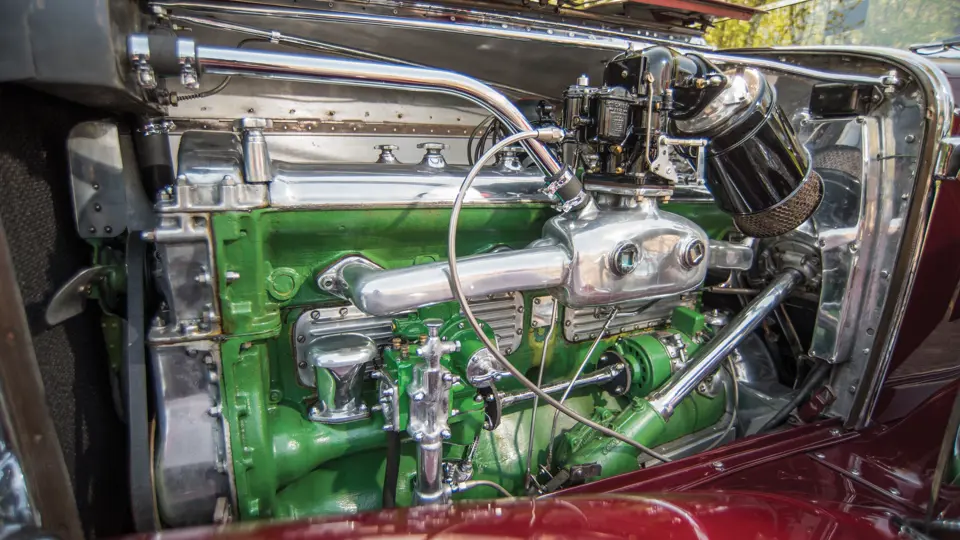
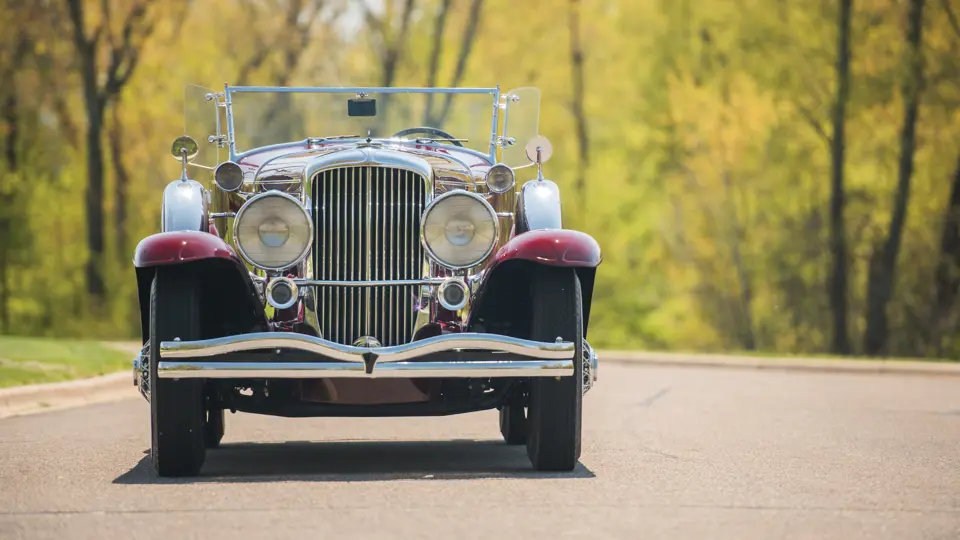

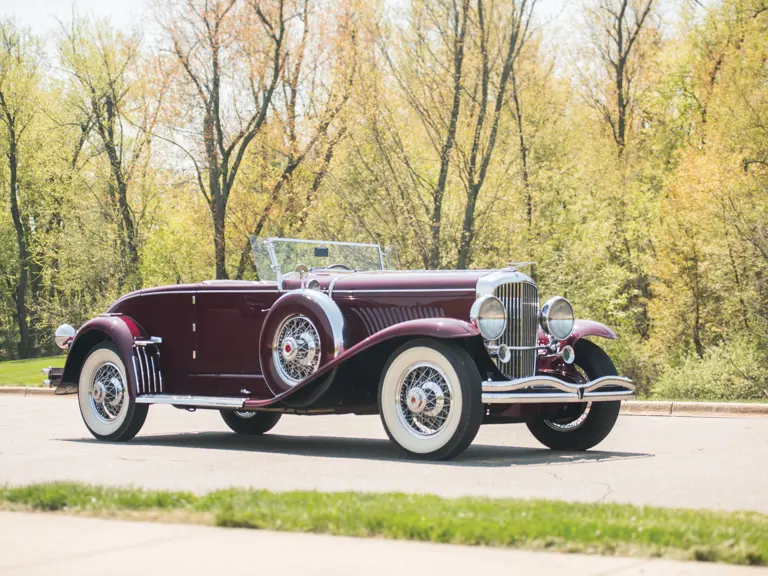
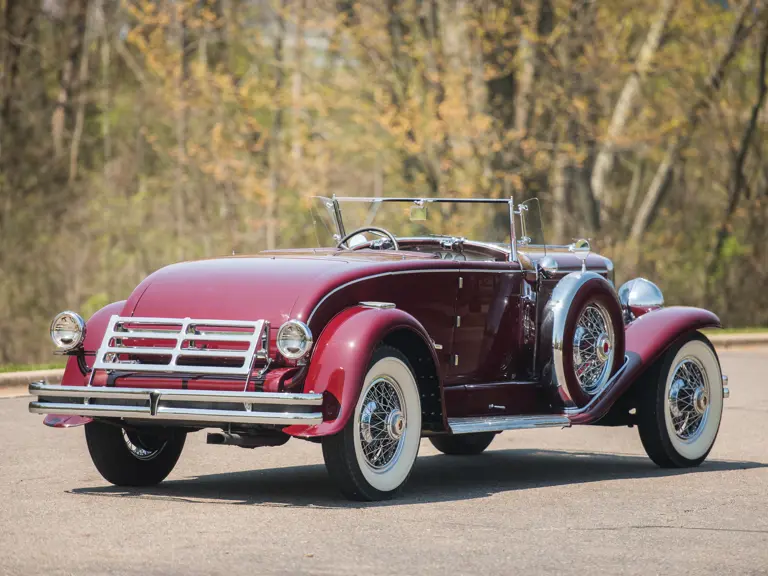
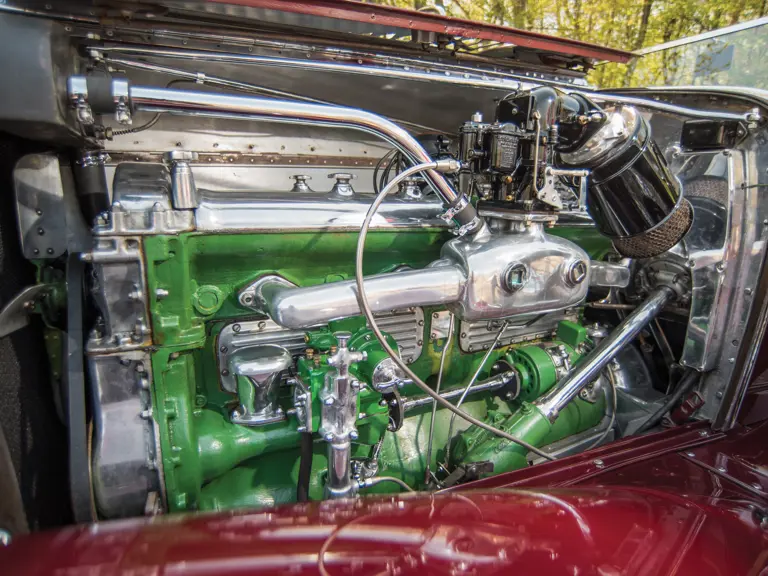
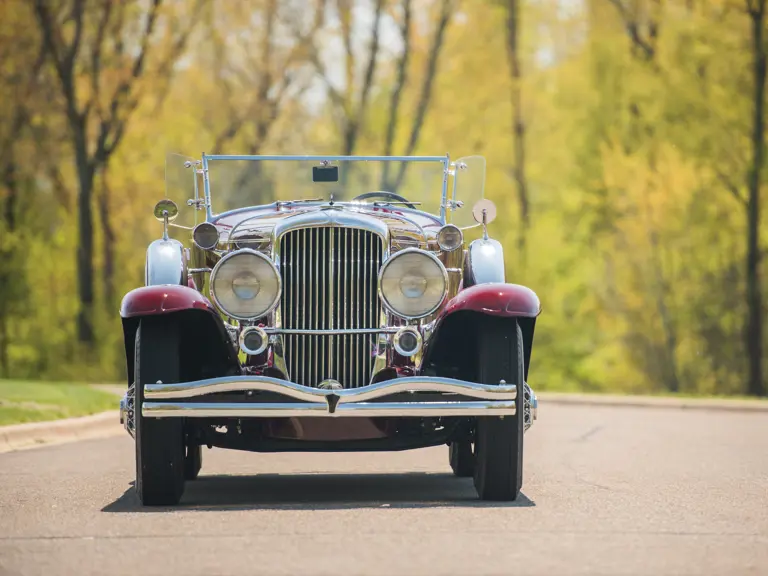
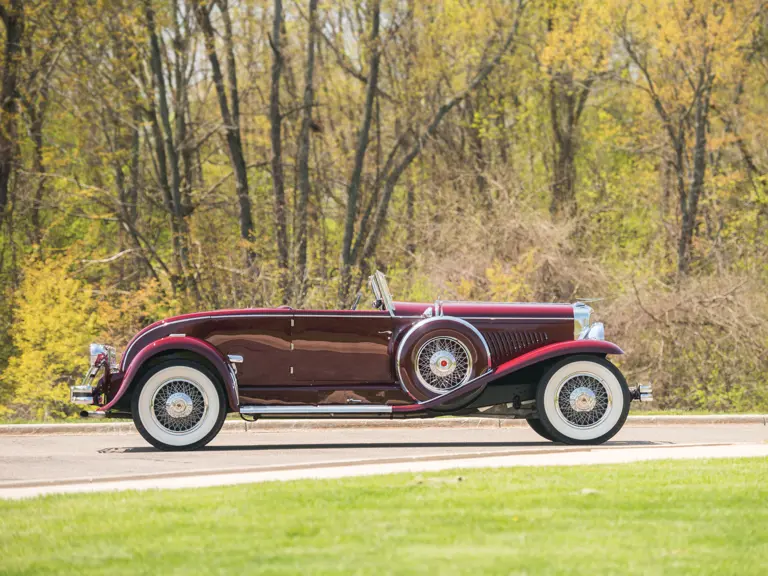
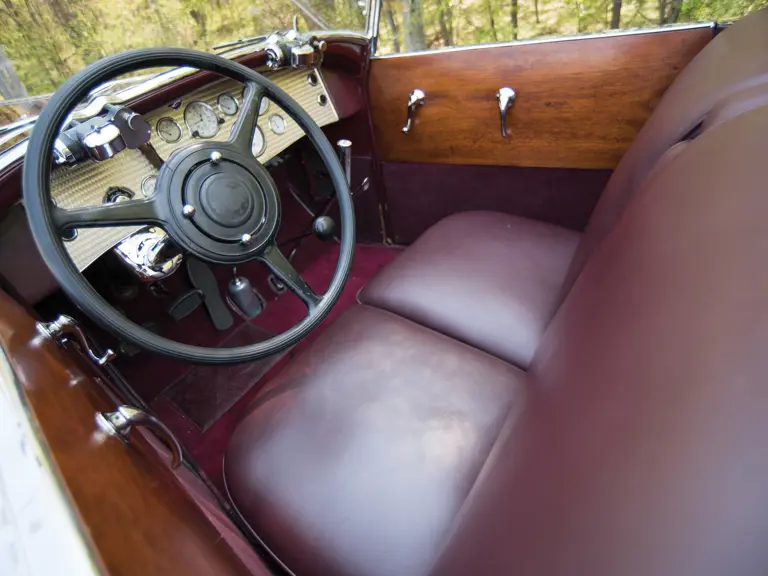
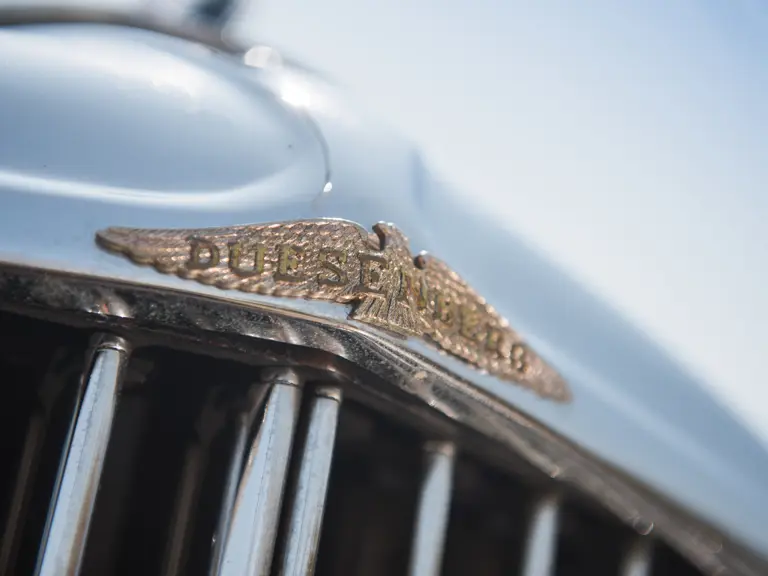
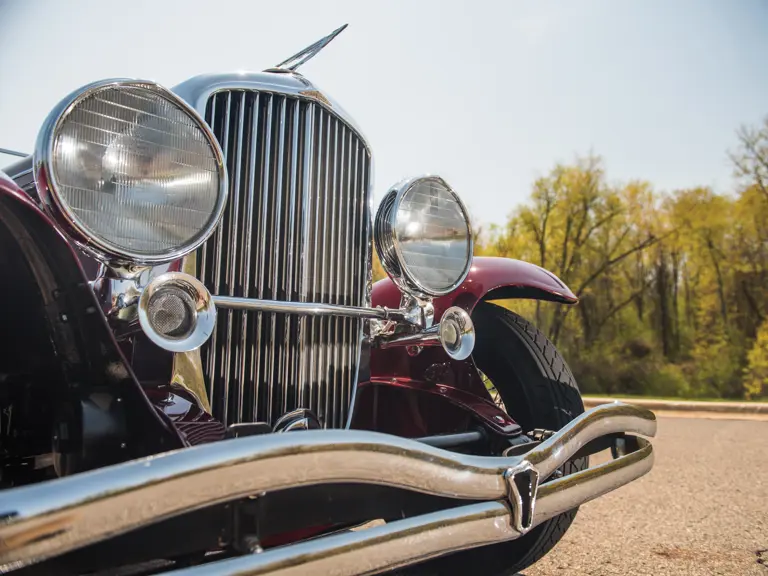
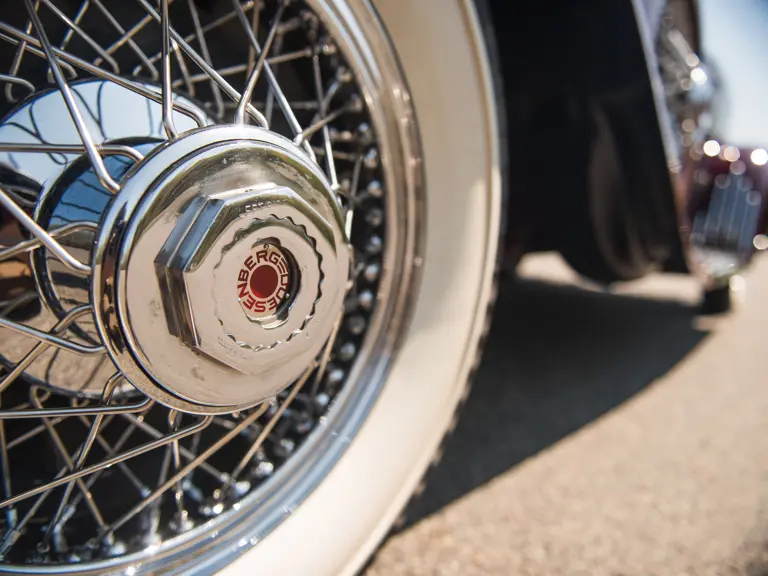
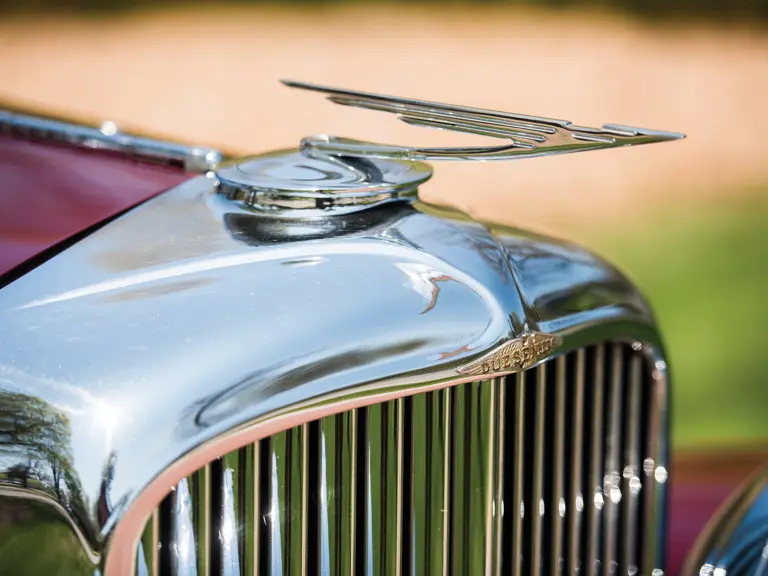


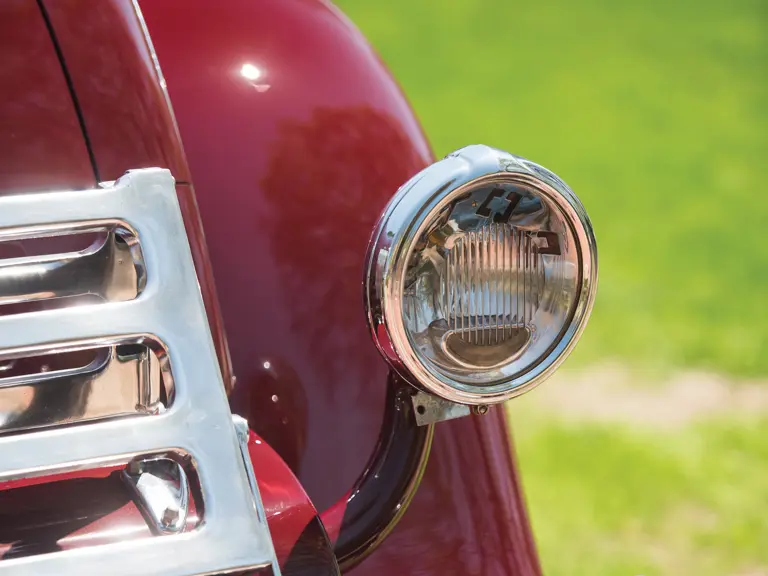
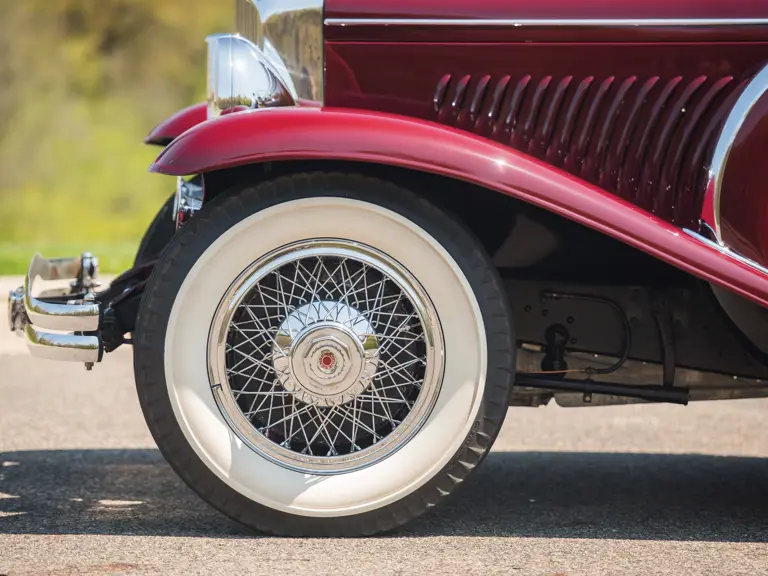
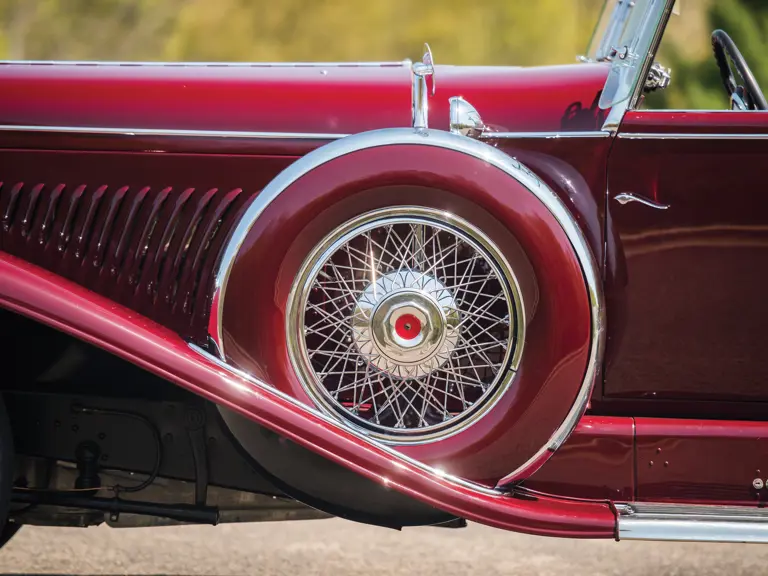
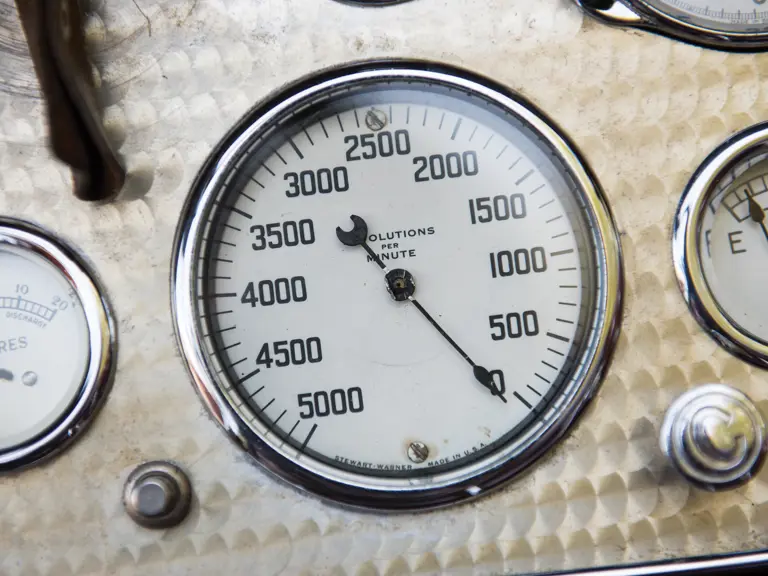
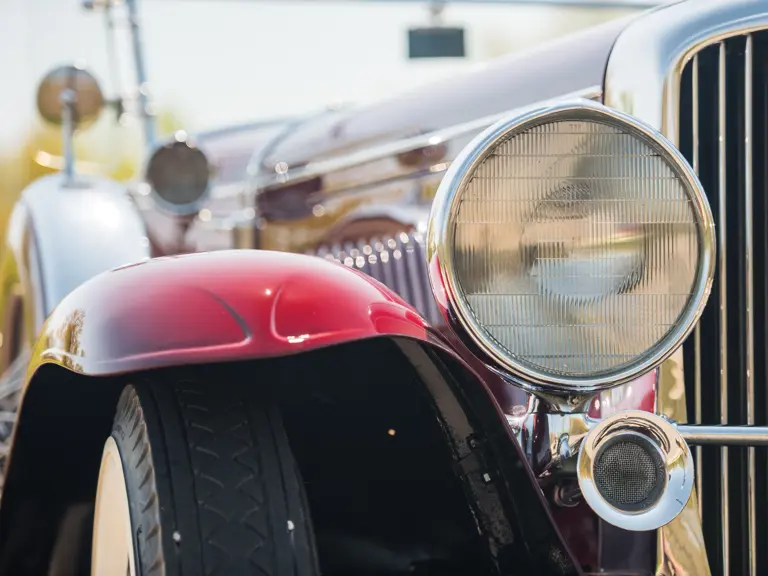
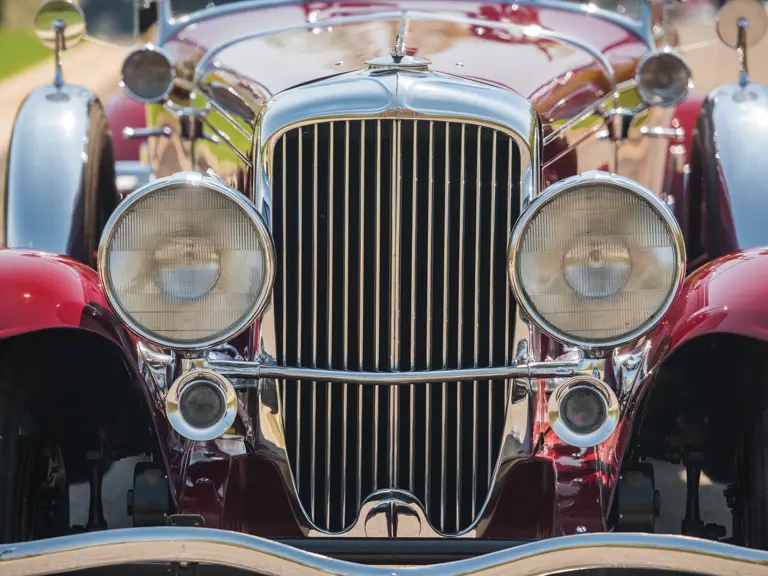
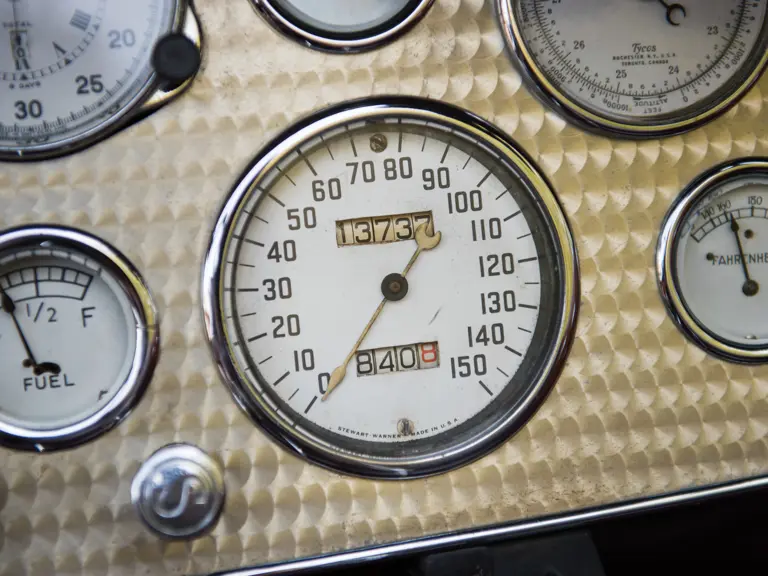
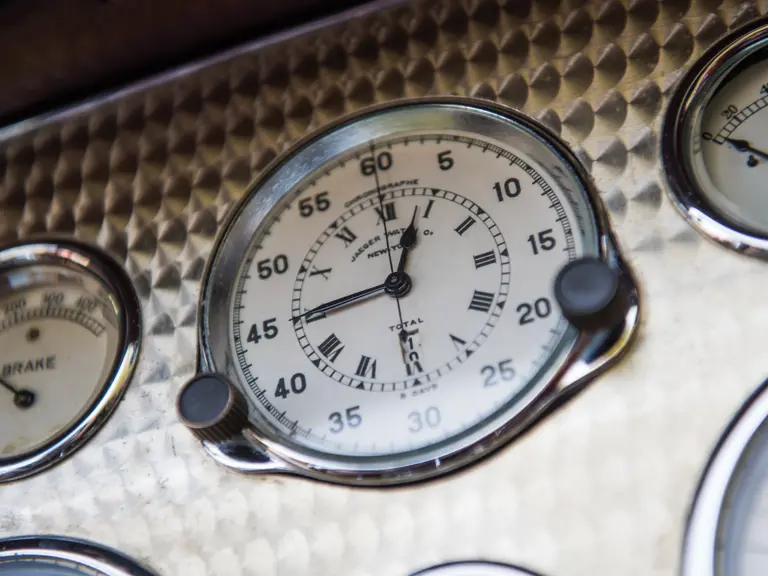

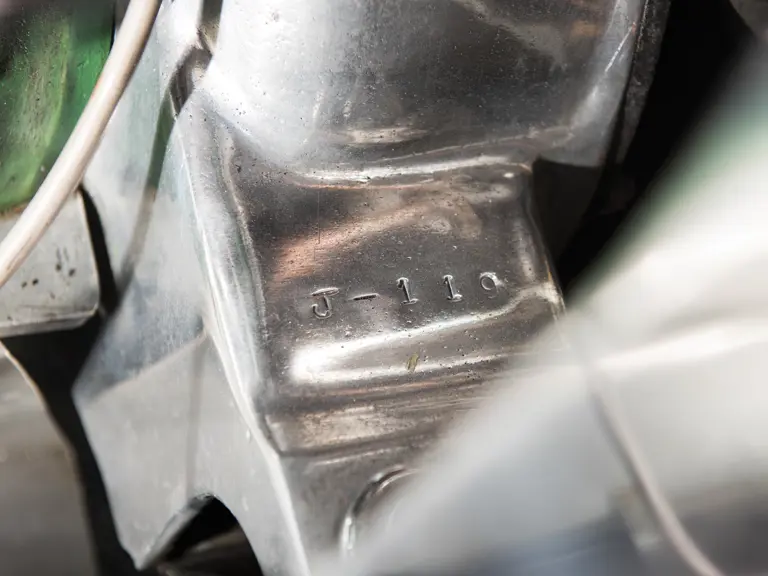
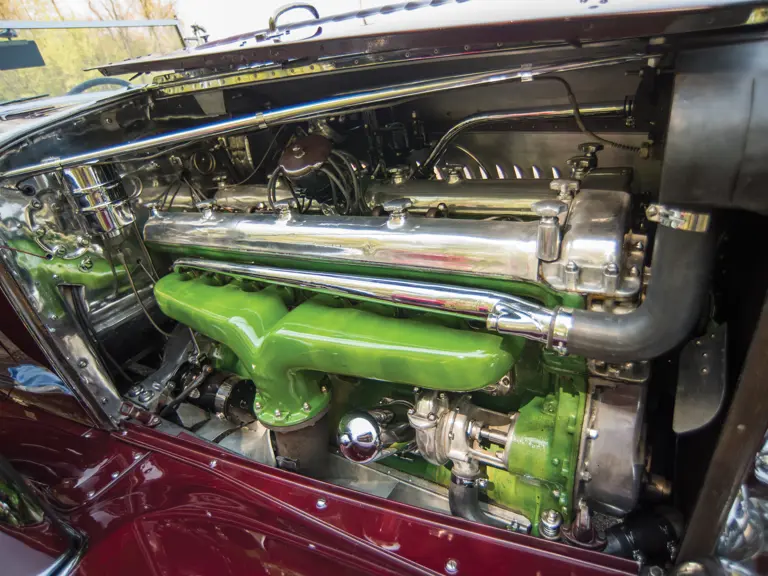
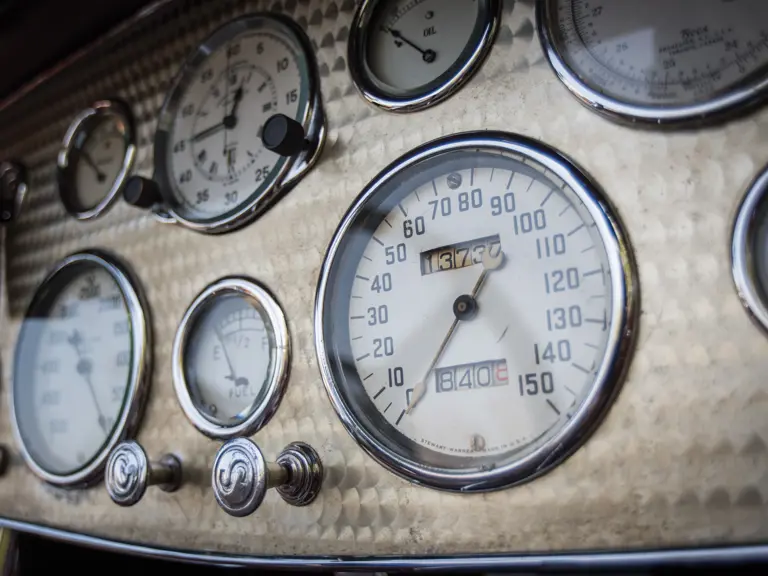
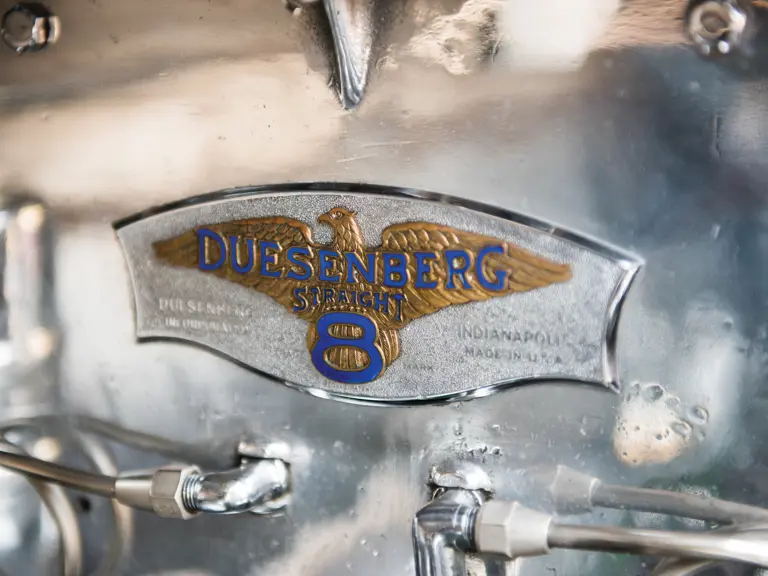
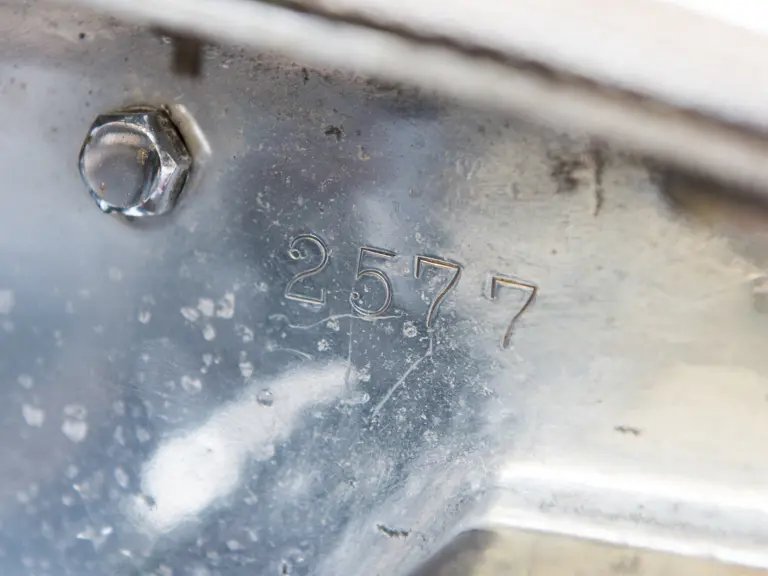
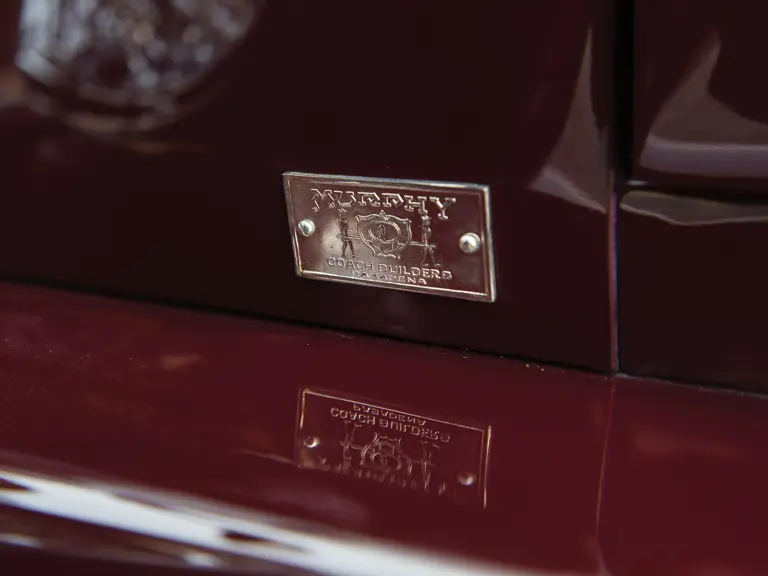
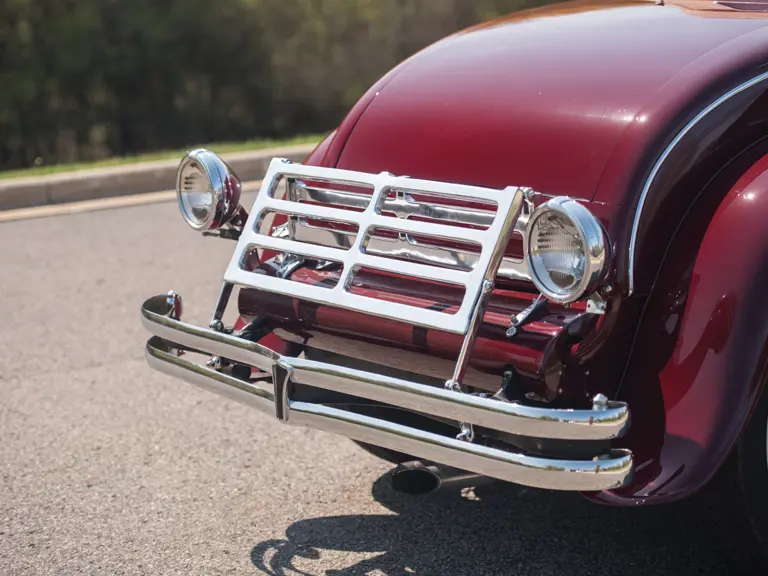
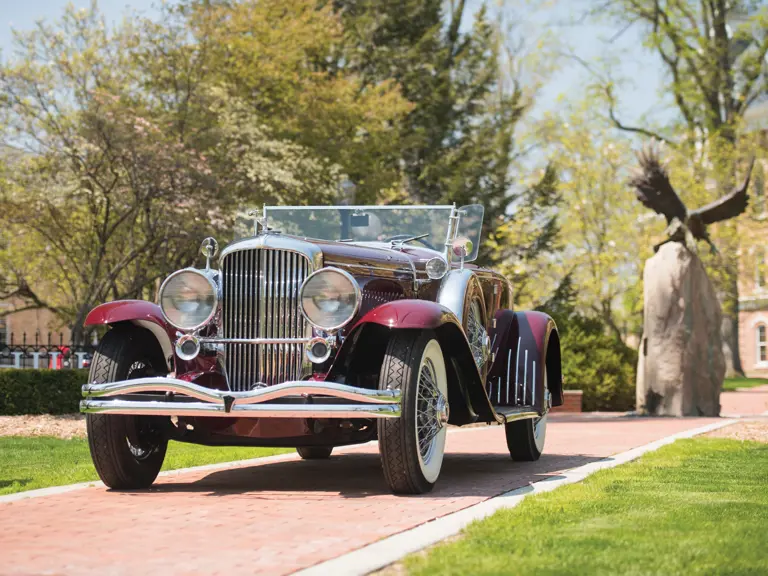
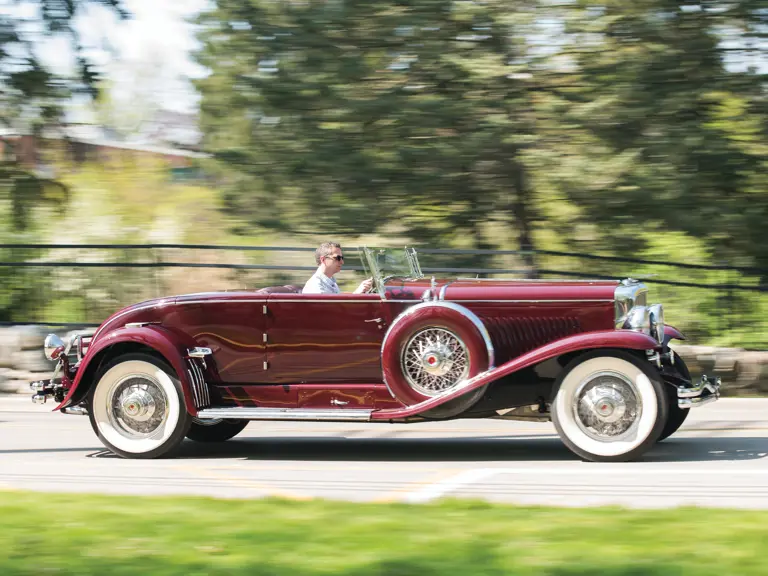

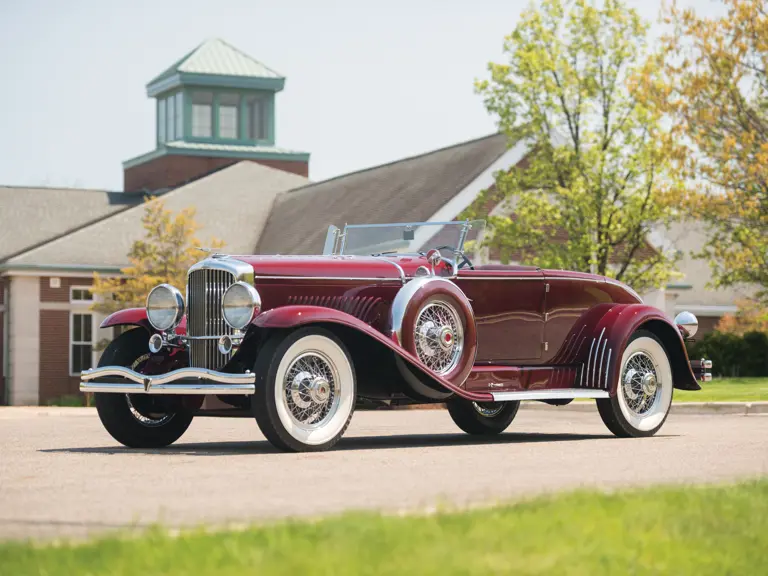
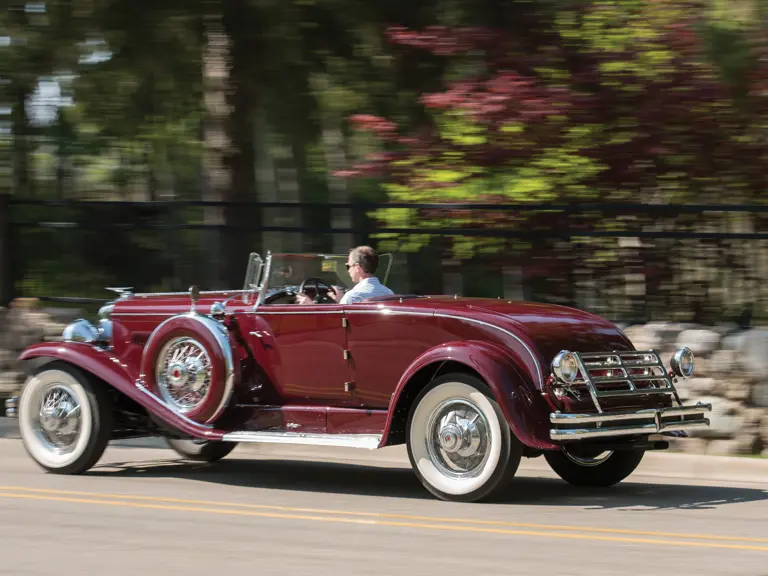
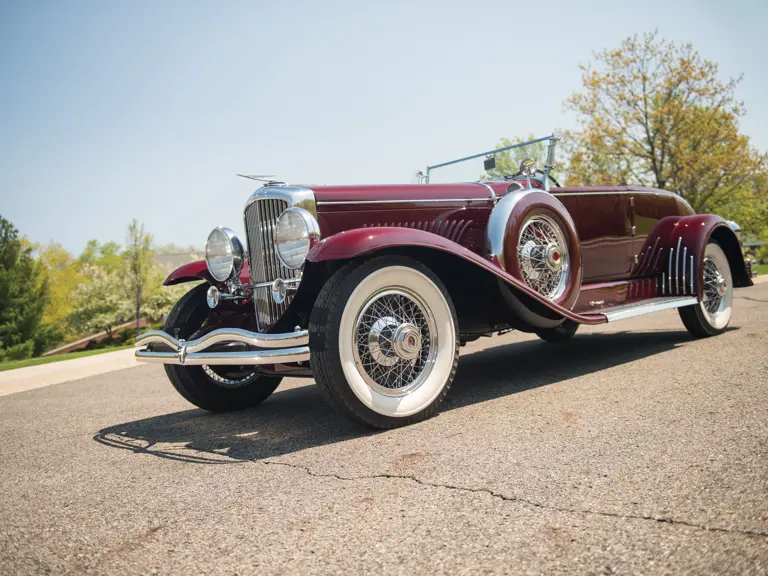
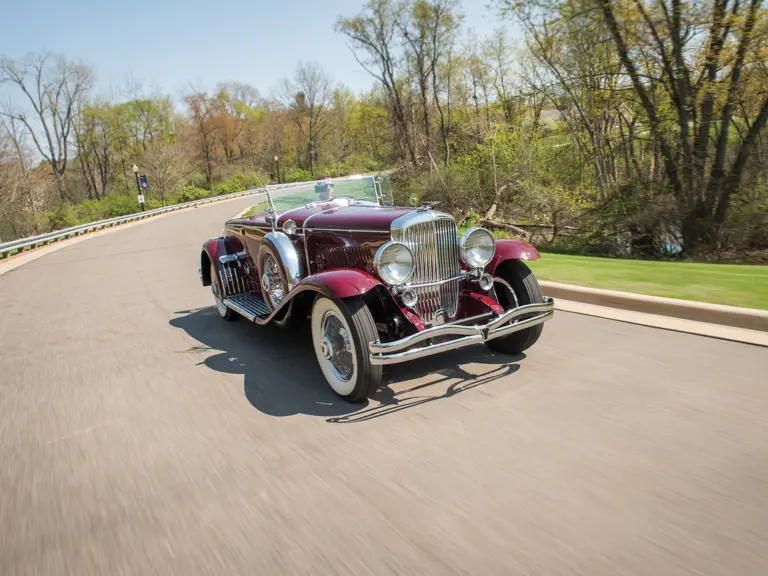
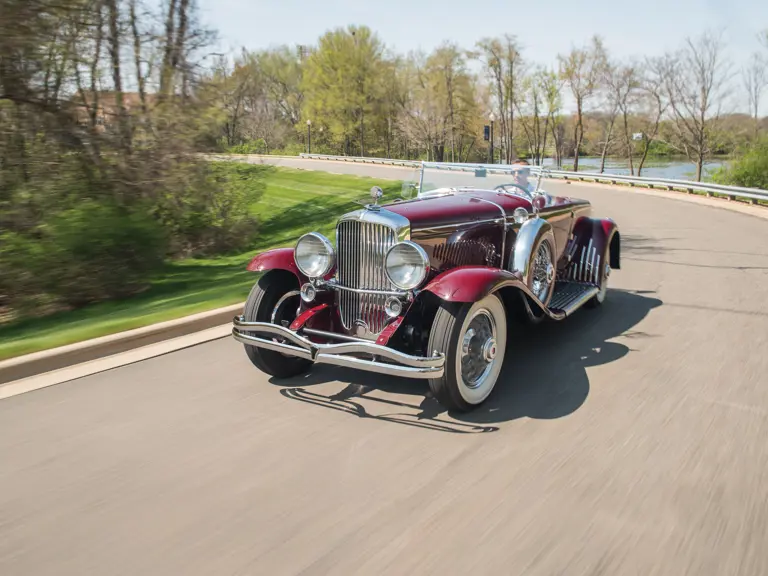
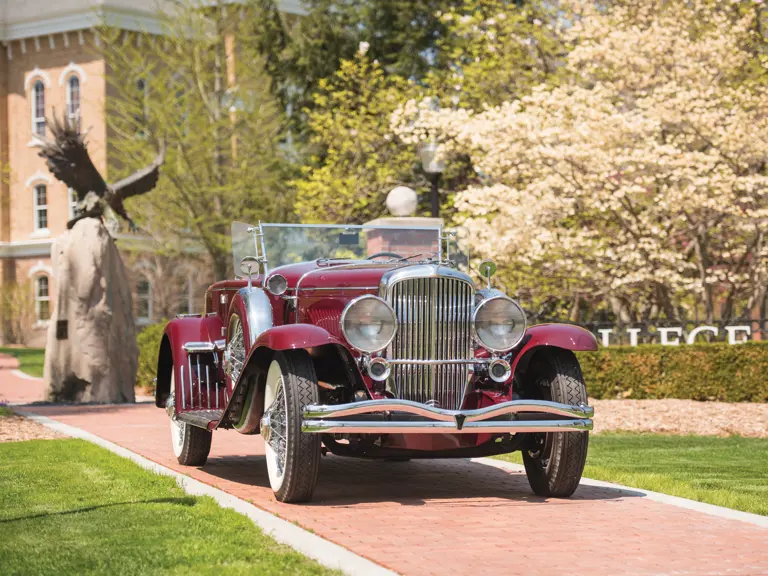
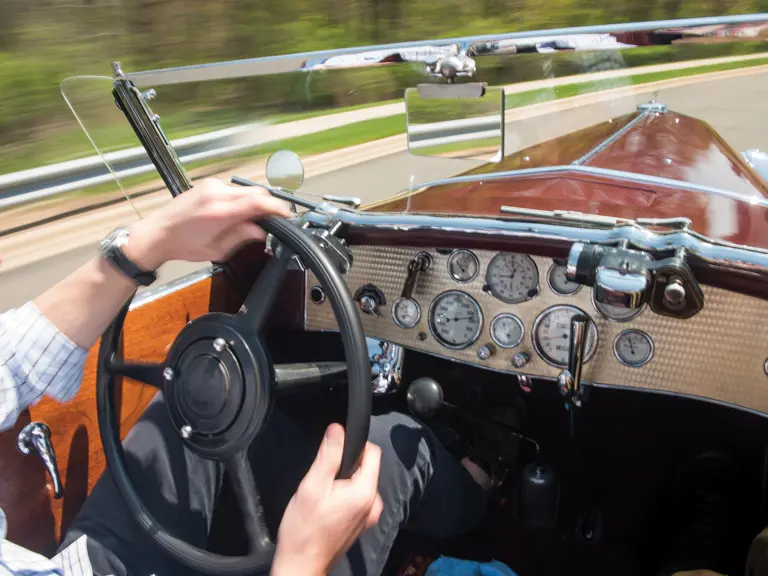
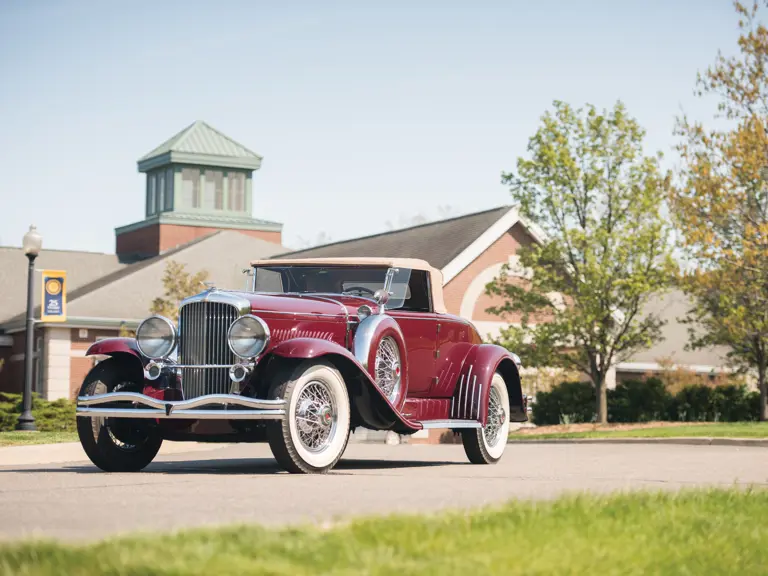
 | Plymouth, Michigan
| Plymouth, Michigan
